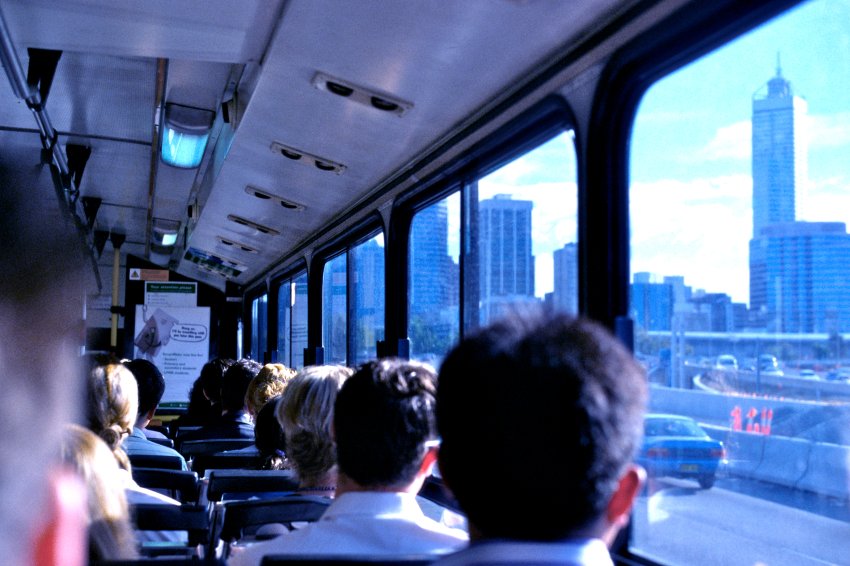
For young people today, the idea of ever owning a home and having any financial security or upward social mobility is a utopian fantasy, the true impact of which is yet to be realised.
The “Australian dream” is rapidly turning into a nightmare.
With the cost of groceries and rents breaking records, finding a secure job, buying a house and saving some money seems like a dream of a past long gone.
The Betoota Advocate put it bluntly: “The world you grew up in is dead.”
When it comes to housing, health, debt, tax and income, young people are worse off.
Today’s 30-somethings are the first generation in almost 50 years where the majority do not own a home: things don’t look any brighter for 20-somethings and younger.
House prices hit record highs in March and, according to new data from the Australian Bureau of Statistics and CoreLogic, housing in most major cities is only affordable to those on the highest incomes.
To buy a house in Gadigal/Sydney — without the incumbent financial stress — you'd have to be raking in $293,578 a year. In Naarm/Melbourne, you need $189,962. For Boorloo/Perth, the figure is $140,313 and Garramilla/Darwin is still a whopping $124,339.
Median rents for units hit $590 nationally in the March quarter and in Gadigal they are as high as $700.
Contrast this to the median national income of $67,000 a year.
A single person on JobSeeker, with the maximum Commonwealth Rent Assistance included, will only receive roughly $24,718 a year.
That means that someone earning the median income and paying median rents would use almost half their income on rent — way above the 30% that constitutes rental stress.
For those on Centrelink payments, there is almost no hope of living the dream.
Anglicare Australia found last year, before the record rent hikes, that only four rentals across the whole country were affordable for someone on JobSeeker.
Unsurprisingly, this state of affairs is having a severe impact on people’s health, particularly those on lower incomes.
The combination of high food and energy prices, lack of affordable healthcare, housing insecurity, and working longer hours, is leading to physical and mental health problems.
But Treasurer Jim Chalmers has already ruled out any emergency spending in the May budget because he wants a surplus. He told a gathering of business leaders in March that he will use the budget to “whip the economy into shape” and will not prioritise cost-of-living help.
However, he did say there will be a significant increase to “defence” spending, based on the 2023 Defence Strategic Review’s recommendations.
This means more United States military bases, more investment in high-tech weapons, $400 billion+ being sunk into the AUKUS nuclear submarines, and allowing US and British nuclear submarines to dock at Garden Island, Western Australia.
Labor handed nearly $1 billion to Israel’s Elbit Systems in February, despite the continuing Gaza genocide.
It also plowed ahead with the Coalition’s Stage 3 tax cuts, albeit slightly tweaked, granting $147.5 billion to the richest 20%, while giving nothing to the poorest 20%.
The tax cuts are set to cost nearly $320 billion over the next 10 years.
Capital gains tax concession discounts and negative gearing are set to cost about $157 billion over the next decade.
This amounts to almost $1 trillion in public funds that could be better spent on desperately needed social and environmental reforms — public housing, raising the rate of welfare payments, reining in food prices and rent controls.
Instead, Labor chooses to prioritise the military-industrial complex, developers and speculators and to go slow on benign energy and climate-related reforms.
Young people are feeling the gut-wrenching impact of growing up in a world that puts profits above all else.
Meanwhile, we are being fed into the meat grinder of poverty, insecure housing and employment.
This is the nightmare Green Left has been fighting for more than 30 years. Help build the alternative that puts people’s needs first by becoming a supporter or donating to our 2024 Fighting Fund.